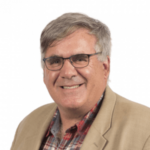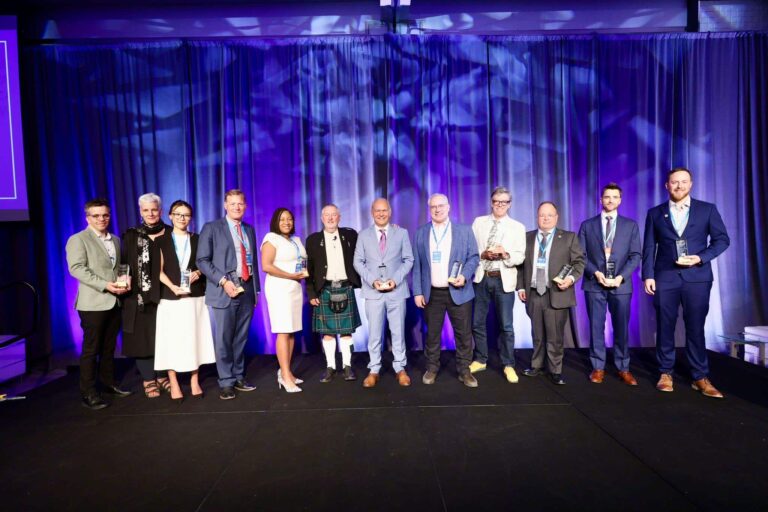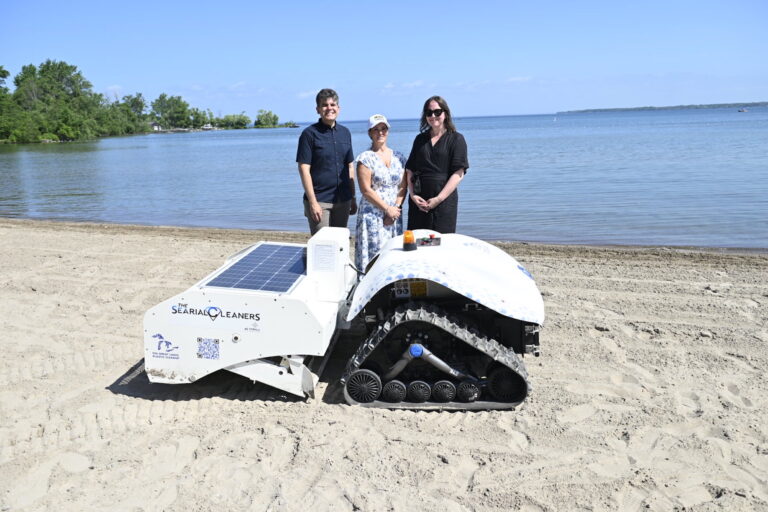Tuesday, July 1, 2025
Still waters run deep. Marshes, bogs, swamps, fens and areas of shallow open water that are scattered across the country are quietly keeping our environment going. These wetlands are a biological resource akin to rainforests and coral reefs and, as powerful carbon sinks, are one of the greatest tools in the fight against climate change. Having more of them, healthy and functioning, on the landscape will do more for our wildlife and wild places than you can imagine. In fact, restoring Canada’s wetlands will jumpstart nature’s great comeback.
Wetlands’ unassuming nature is part of the reason so many have been lost. Misunderstood and often undervalued, wetlands have been drained and destroyed to make room for other land uses. The world is losing wetlands three times faster than forests, and to date, up to 70 per cent of wetlands have been lost in southern areas of Canada. But conservation organizations like Ducks Unlimited Canada have been working successfully to bring them back for 85 years. Today, this work is more important than ever.
Globally, one million species are facing extinction and temperatures are projected to warm by about 1.5 degrees Celsius by 2050. These sobering statistics have put restoration—activities that return natural areas to the landscape—on centre stage in global environmental efforts. The United Nations has declared 2021-2030 the decade for restoration. In Canada, the federal government has committed to restoring 30 per cent of its land and water that has been degraded by 2030. Restoration is also the theme of World Wetlands Day, today’s global celebration of these vital ecosystems.
Understanding that restoration is the key to nature’s recovery, there is an urgent need to focus on wetlands. Wetlands are one of Earth’s most productive ecosystems that provide habitat for an incredible 40 per cent of the world’s species. When wetlands are returned to the landscape, birds come back. Pollinators come back. And so do the land’s natural abilities to defend against things like floods and droughts. Wetland restoration creates a powerful ripple effect that generates real environmental gains.
Conservation organizations like Ducks Unlimited Canada (DUC) are hard at work, and we are not alone. Whether that involves fighting invasive species or working alongside partners in agriculture, industry and government to incorporate nature-based solutions into their operations, restoration has been part of a science-based strategy since day one.
In particular, efforts to restore saltwater marshes in Atlantic Canada are protecting vulnerable coastlines and communities from the effects of rising seas. In southern Ontario, restoring small wetlands along the edges of farmers’ fields are proving to have enormous value in catching runoff from the surrounding agricultural lands and keeping harmful nutrients from entering Lake Erie.
In Manitoba, pioneering wetland restoration projects are helping communities manage wastewater challenges, while a new initiative called Nature Force, led by 16 Canadian insurance companies, is investing in wetland restoration projects in and around flood-prone areas of British Columbia, Ontario and Quebec. At the same time, hosts of other restoration projects delivered across the country are providing homes for beloved but threatened species, from salmon to songbirds.
To date, DUC has restored more than 3.1 million acres of degraded wetland and associated habitats. Our collective work for wetlands has shown that nature can rebound when given the chance. There is much more we all must do. Now it’s time for all Canadians to recognize this opportunity—and to act. Because concealed within those still and modest waters are the things that we all need to survive: a healthy environment and hope for the future.
 Mark Gloutney is DUC’s national director of science, education and business planning.
Mark Gloutney is DUC’s national director of science, education and business planning.
Featured image: Wetland restoration creates a powerful ripple effect that generates real environmental gains. Credit: DUC.










